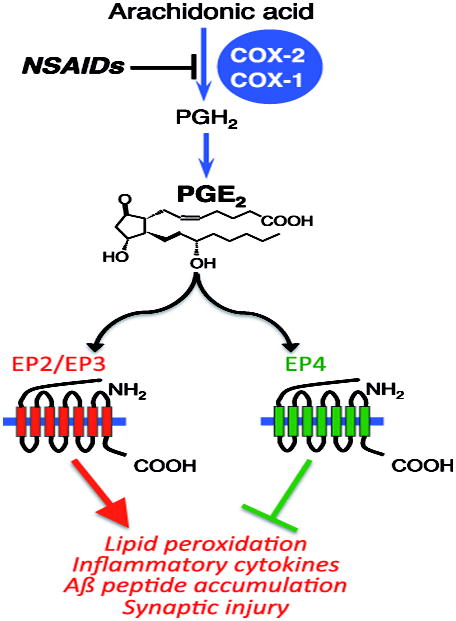Figure 4. Mechanisms of action of inflammatory PGE2 EP receptors in preclinical models of AD.

The primary action of NSAIDs is inhibition of COX-1/COX-2, with one consequence being reduction of downstream PGE2 production and signaling. The PGE2 EP2 and EP3 receptors enhance inflammatory oxidative stress, pro-inflammatory gene expression and are pro-amyloidogenic. In contrast, EP4 signaling is anti-inflammatory and enhances Aβ peptide phagocytosis. Reduction of PGE2 generation in response to NSAIDs may reduce deleterious EP2/EP3 signaling but also reduce beneficial EP4 signaling, which plays a beneficial role early in development of pathology in the APPSwe-PS1∆E9 model of familial AD.
